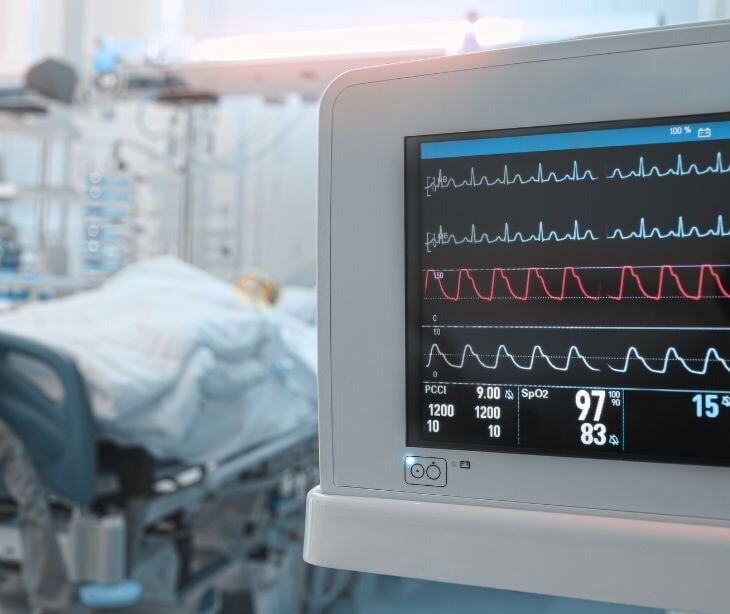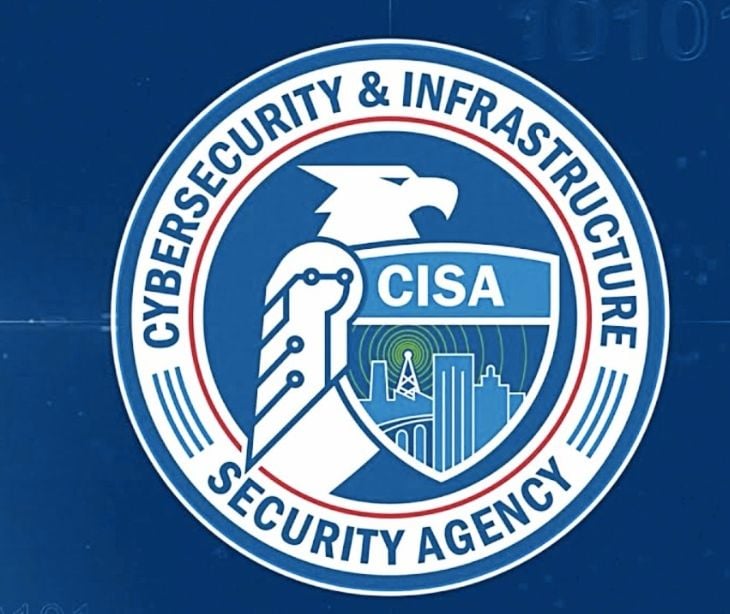
Remote code execution (RCE) has emerged as a security concern in healthcare, recently experienced through the Contec CMS8000 patient monitor vulnerability. REC allows attackers to run malicious code on a device from a remote location, potentially compromising patient data.
Read more: Lessons learned from the Contec patient monitor backdoor discovery
Understanding remote code execution
Remote code execution occurs when an attacker can run unauthorized commands or programs on a target device without physical access. In healthcare settings, this vulnerability could allow cybercriminals to control medical devices, access patient records, or disrupt critical services from anywhere in the world.
How it works
Attackers exploit software vulnerabilities or weak security configurations to inject and execute malicious code. Once executed, this code can give attackers control over the affected device, allowing them to access sensitive data, modify system settings, or spread to other connected devices.
Impact on healthcare organizations
A study on Remote Code Execution vulnerability in web applications found that medical institutions were affected by various types of RCE vulnerabilities. Of the 138 vulnerable websites identified, medical institutions accounted for 16% of GET-based RCE attacks (an HTTP method for receiving data from a server), 16% of POST-based RCE attacks (an HTTP method for sending data to a server), and 17% of social engineering-based RCE attacks.
Success factors
The likelihood of a successful RCE attack depends on several elements. Research shows that an attacker's level of access is the most important factor, followed by the severity of existing vulnerabilities.
Prevention and protection
The research also suggests multiple layers of protection against RCE threats. These defenses fall into three main categories:
- Basic security measures
Essential protections include strong authentication, proper authorization controls, and regular vulnerability management. These fundamental measures form the foundation of any security program.
- Software security
Modern software security tools provide additional protection through:
- Secure programming languages
- Hardened system libraries
- Runtime monitoring systems
- Regular security testing and analysis
- Advanced protection
Organizations should implement advanced security measures such as:
- Address space layout randomization (ASLR)
- System monitoring and logging
- Application sandboxing
- Regular security assessments
FAQs
What makes RCE attacks particularly dangerous for healthcare organizations?
RCE attacks are especially dangerous because they allow attackers to control medical devices and access patient data remotely. Unlike other cyber threats that might only access information, RCE can compromise device functionality, potentially affecting patient care and safety.
What immediate steps should be taken if an RCE vulnerability is discovered?
Organizations should immediately isolate affected systems, assess the vulnerability's scope, apply available security patches, and monitor for signs of compromise. All actions should be documented for HIPAA compliance.
What are common entry points for RCE attacks?
Common entry points include outdated software, unpatched systems, misconfigured applications, and weak authentication controls. Web applications and medical devices with network connectivity are particularly vulnerable.




